"It’s a truss structure with purlins, as well,” said John Medose, looking up at the rafters of the Osmore Pond picnic shelter in Vermont’s Groton State Forest. “The purlins – long beams paralleling the ridgepole – provide an extra layer of support. Most buildings have just one type of support, not two.”
“Civilian Conservation Corps structures were built to last,” added Craig Whipple. “Contemporary builders always remark how strong they are.” Whipple, director of Vermont’s state parks, and Medose, regional parks facilities manager, had journeyed to Osmore Pond to point out the work of the Civilian Conservation Corps (CCC), which was active in the Groton area and around the state in the 1930s and 1940s. The walk led through Norway spruce plantations planted by the CCC over 80 years ago, and followed a road constructed by the CCC, passing a stone chimney in the woods. The lone chimney is all that remains of a recreation hall, part of CCC Camp S-51 that once included barracks and a mess hall. This camp was home to a group of young men who had a lasting effect on the Groton State Forest, including building the picnic shelter at Osmore Pond.
Camp S-51 was among the 30 CCC camps operating in Vermont in 1937. Hundreds of similar camps were established across the country during the 1930s in response to the Great Depression. When President Franklin D. Roosevelt took office three years after the stock market crash of 1929, he faced a nation in despair. In his first 100 days, FDR took many bold actions. In March 1933, he proposed, and Congress passed, the Emergency Conservation Works Act, which authorized the Civilian Conservation Corps and several other programs. “This is a phenomenal political story – how quickly it was passed by Congress, organized, and mobilized,” said Whipple.
A Job to Do
The purpose of the CCC was to put thousands of young people to work restoring the nation’s degraded forests, open lands, and waters. Along with the economic crisis of the Great Depression, an environmental crisis was taking place. Much of the country’s forests had been cleared, there were terrible floods, and the soil of the Great Plains was blowing away. As a 1941 government recruitment bulletin put it:
Today the need for conserving what is left of these riches is apparent on every hand. Scarred slopes where the timber has been ruthlessly cut or burned must be replanted. New forests must be grown and present forests protected from fire. Plains that once supported countless thousands of cattle must be revegetated, for the grass is about gone, and the dust rises in clouds. Fields that still yield must be protected from gnawing gullies and methods adopted to save the fertile topsoil. Areas must be developed in which nature and the pleasures of the outdoors may be retained for the enjoyment of all the people, always.
Males between the ages of 17 and 28 who were physically fit, unemployed, unmarried, and had a family in need of support were eligible for the CCC. Each Corps member received $30 per month (about $538 in today’s dollars) and was required to send $25 of his pay back to his family. Young men were selected by local welfare organizations (in Vermont, the determination was made by town overseers of the poor), then sent to U.S. War Department induction centers, where they were given medical exams, organized into companies, clothed, and equipped. A few women were hired as clerks to help run the camps. Later, Eleanor Roosevelt was successful in getting the federal government to establish work camps, known as She-She-She Camps, for jobless young women.
Within weeks of the program’s authorization, the first CCC camps were set up. Many began as temporary tent facilities until more permanent wooden barracks could be erected. Vermont received a disproportionately large share of CCC camps and funding due to lobbying by state forester Perry Merrill, who later became commissioner of the Vermont Department of Forests and Parks. Soon after the legislation passed, Merrill met with other state and federal foresters in Washington, D.C., to work out the details of CCC operation. According to Whipple and Ed O’Leary, retired Vermont forestry district manager, Merrill had envisioned putting the unemployed to work on state lands before Roosevelt did, so the state was well prepared to take on the CCC.
More than 40,000 young men were employed at Vermont CCC camps between 1933 and 1942; the program ended as World War II progressed. About one-quarter of these young men were Vermonters; the remainder were from other northeastern states. For example, the camp near Osmore Pond with the stone chimney was the home of Rhode Island Company 146.
The CCC members followed a regimented schedule. They rose at 6 a.m., worked from 8 a.m. to 4 p.m., eating lunch on site and dinner at camp at 5 p.m. In the evenings until 10 p.m., they could play sports, take classes, or read in the camp library. Activities in the Vermont camps included dances, camp newspapers, plays, radio programs, and athletic competitions.
The CCC had an immediate economic and social impact. Supplies of all kinds were required, which stimulated manufacturing and local economies, and monthly wages were sent home. In fact, this was one way FDR had sold the program, and his political allies were rewarded with CCC camps in their districts. Young men were taken off the streets, given an opportunity to travel and to perform work in a healthy environment.
Because of the educational opportunities offered at CCC camps in the evenings, thousands of illiterates nationwide learned to read and write. Years later, CCC alumnus Manuel Gomez of Montpelier wrote to Perry Merrill, as recounted in Merrill’s 1981 self-published book, Roosevelt’s Forest Army:
“This work phase in which I spent two years of my life happened over 40 years ago but the benefits I derived have stayed with me…. We lived with boys from farms, cities, and small towns; every nationality and most religious denominations were represented in our camp…. We had blacks in our camp – this was before integration was accepted in our country. I got to know these boys in work and play and realized that discrimination had no place in our world…. Working on construction and in the forest did wonders for all of us. Boys coming from large cities and mill towns of Massachusetts came into camp underweight and pale but soon gained weight and healthy complexions. In this outdoor life we learned to do a hard day’s labor. We also developed a love for nature and a caring that it not be abused by selfish interests.”
Conservation and Recreation
Much of the CCC’s initial work involved reforestation and soil conservation. Over a million trees – typically red pine and Norway spruce – were planted in Vermont. Shrubs were planted and riprap was installed on riverbanks to prevent erosion. Three major flood-control dams were built, using mostly hand labor.
Most of the forest improvement work was done in state and municipal forests, where trees with little value for sawlogs were often thinned out and used for firewood, “wolf trees” were cut, forest fires were presuppressed and fought, and fire lookout towers and cabins were erected. Insect and disease control, especially for gypsy moths and brown tail moths, was a major task of some companies. Berry-producing shrubs were planted in forest clearings to encourage wildlife. Riffle logs were placed in streams to create pools for fish.
In a 2008 interview with Vermont Public Radio, Casper A. Lyford (now deceased) of Marshfield recalled his experiences working in the forestry corps in Vermont’s Northeast Kingdom. Lyford graduated from Groton High School in 1937 and couldn’t get a job, so joined the CCC. He lived in a CCC camp on Burke Mountain for two years: “I went through the ’38 hurricane. There was a fire tower up there…The ranger and his family came down the hill. He said, ‘Sonny, you better get out of here.’ He no more than said it than down went the tower. Gee – what a crash! That was a mile away from me.” Lyford remembered cutting through the blowdowns from the hurricane with cross-cut saws and axes.
Joseph Aebisher, another CCC alum, wrote to Merrill: “I was assigned to operate a logging camp at Camel’s Hump with sixteen enrollees and six horses. This was quite a job for a fellow who had been raised on the sidewalks of New York City. In January 1934, it was the coldest weather that had hit Vermont in some seventy years. It was so cold that we bunked and ate next to the horses by keeping the stable door open in the same building.”
With time, the CCC became more recreationally focused and the Corps created much of the infrastructure we now associate with the state’s parks and forests. At Mount Ascutney State Park in Windsor, Vermont, CCC workers built the road up the mountain, the stone ranger’s house, a stone picnic shelter, and a ski run and ski jump. In Willoughby State Forest in Westmore, they constructed five miles of foot trails and two miles of horse trails, a four-mile road leading to Lake Willoughby, an open log shelter with native stone fireplaces, and a picnic area. At Elmore State Park in Elmore, the Corps built an elegant bathhouse (which was recently restored) and created a sandy beach on Lake Elmore. In Groton State Forest in Marshfield, about 40 miles of foot trails were cut to provide better access for firefighting; today, these trails and the log lean-tos the CCC built along them are used extensively by hikers. Many more examples of the CCC’s fine work can be found throughout Vermont’s state parks and forests.
Charles Lord of Stowe was a CCC foreman who designed and oversaw the cutting of the first ski trails on Mount Mansfield, which are now part of Stowe Mountain Resort. Later, he worked for the ski area. In an interview conducted by the Vermont Historical Society, he recalled: “Most of the boys were pretty ravished when it came to lunch time. Some of the boys were too far away from camp to come back…to eat. Each one carried their own lunch. It consisted of four double sandwiches. I mean there would be eight slices of bread, plus a piece of cake or something.”
A Lasting Legacy
Back at Osmore Pond, Whipple and Medose remarked at the craftsmanship of the picnic shelter. The logs are notched and carefully fitted together at the corners of the building. Two-thirds of the structure is open-sided with railings; a stone fireplace and chimney stand at one end. A third of the building is enclosed and used for restrooms. The concrete floors were poured by CCC workers (and have since been restored by the State). The picnic tables inside include four made by the CCC, with a design distinct from the modern tables nearby. The Corps followed plans provided by the National Park Service, but with a different foreman for each crew, each building is a little different. “CCC architecture is now the brand for Vermont’s State Parks,” said Whipple. “It’s quality, solid in appearance and structure, and built to last. We’re trying to replicate it in new construction….As we rehab park infrastructure, we’re taking extreme care of CCC-built structures. We work closely with the Vermont Division of Historic Preservation. These structures are used today by hundreds of thousands of people.”
Although the CCC’s work was progressive for the time, looking back on it with today’s understanding of ecology, we know some of their projects had mixed results. For example, red pine monocultures are not natural biologically diverse ecosystems. It is better to plant trees and shrubs along streams to prevent erosion than to armor them with riprap, which can cause greater erosion downstream. In the late 1930s, university ecologists (the science of ecology was little known to the public) began to question some of the CCC’s practices. At the same time, wilderness advocates opposed some of the CCC’s development of national and state parks, such as building roads into wild areas. The formation of the Wilderness Society in 1935 was influenced by a field trip the founders made to a dam and highway in the southern Appalachians built by the Tennessee Valley Authority with the assistance of the CCC.
The Corps changed some of their practices in response to this criticism and cancelled many of their road-building projects in the late 1930s. This national debate sparked by the CCC’s work was the beginning of the modern environmental movement.
One of the CCC’s greatest accomplishments was to popularize conservation among the public at large. People began to embrace conservation and form conservation groups. Children studied conservation in school and womens’ groups undertook tree-planting programs around the country. Many corps members went on to become foresters and professional conservationists.
Vermont would not have the state park system it has today without the Civilian Conservation Corps. The Green Mountain State has 52 state parks, a greater number than many larger states with greater populations. The next time you visit one, look for the classic imprint of the CCC. Although most of the CCC boys have passed away, their legacy lives on in those log shelters, carefully-crafted stone fireplaces, and hiking trails that many enjoy using today.
Impact Across the Northeast
The CCC had a profound effect not only in Vermont, but throughout the Northeast. Visit a state park or forest in any of the northeastern states and chances are you’ll come across the work of this legion of young men from long ago. In Connecticut, the CCC built ski trails at Mohawk Mountain in Cornwall and the entrance to popular Hammonasset Beach in Madison. It fought Dutch elm disease and grew and planted five million tree seedlings to reforest idle farmland. In Massachusetts, one lasting benefit was the acquisition of 50,000 acres of state land from 1933 to 1939 to keep the CCC employed. On Mount Greylock, the state’s highest mountain, the corps constructed rustic Bascom Lodge of native stone and timber, and built roads, trails, and a campground. Ski trails, foot trails, parking, and an observation platform were created on New Hampshire’s Cannon Mountain, along with campgrounds at Franconia Notch and Pinkham Notch in the White Mountains. Although it hosted only four CCC camps, Rhode Island also purchased more public forestland as a result. The Corps’ work included bathhouses at Beach Pond and picnic and camping facilities at Watchaug Pond. The tremendous amount of work performed by the CCC in New York included the development of a fish hatchery, building Marcy Dam in the Adirondacks, and pulling currant and gooseberry bushes to control white pine blister rust. Maine’s participation in the CCC was different in that much of the work was done on private forestland. It included insect and disease control, flood control, responding to damage from the 1938 hurricane, search and rescue for missing persons, and fighting forest fires. The CCC also worked on Maine’s section of the Appalachian Trail.


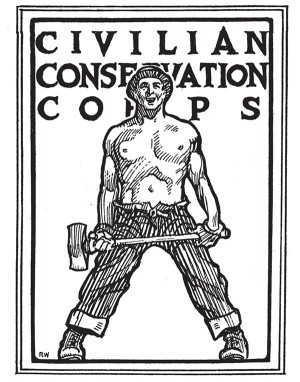
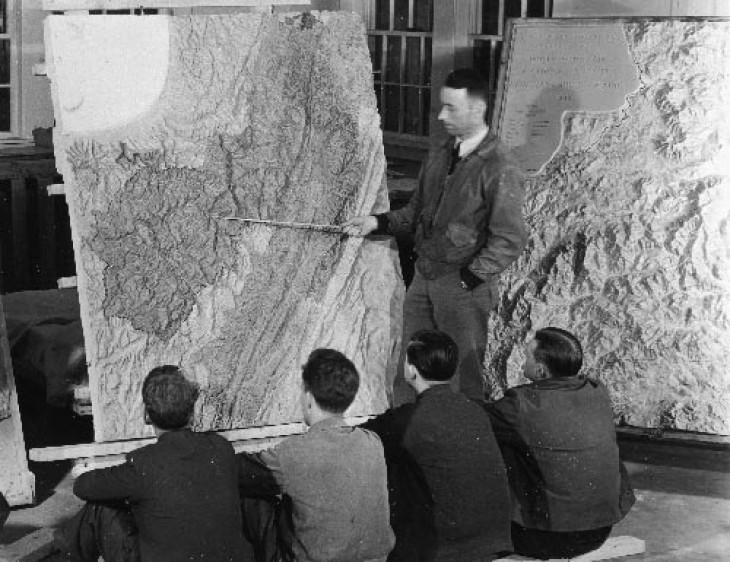
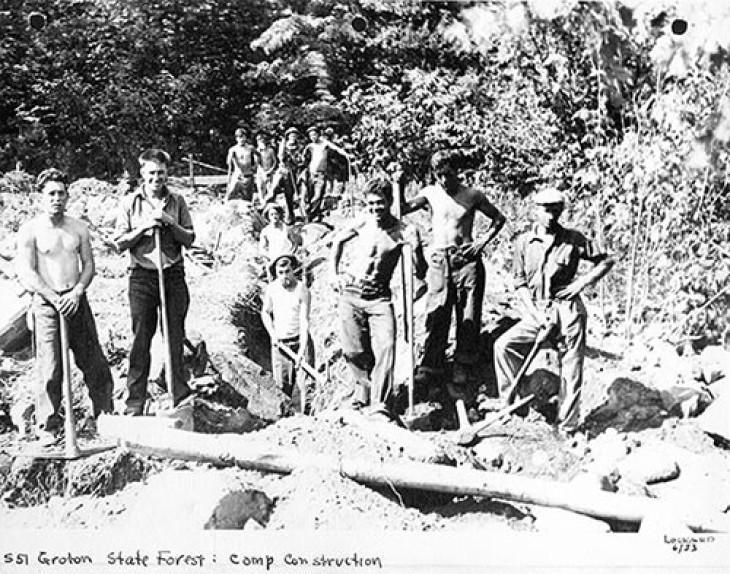
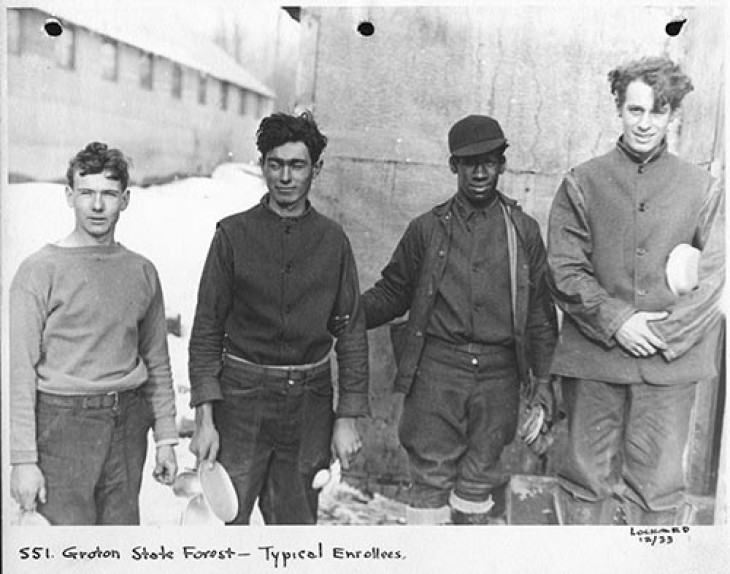
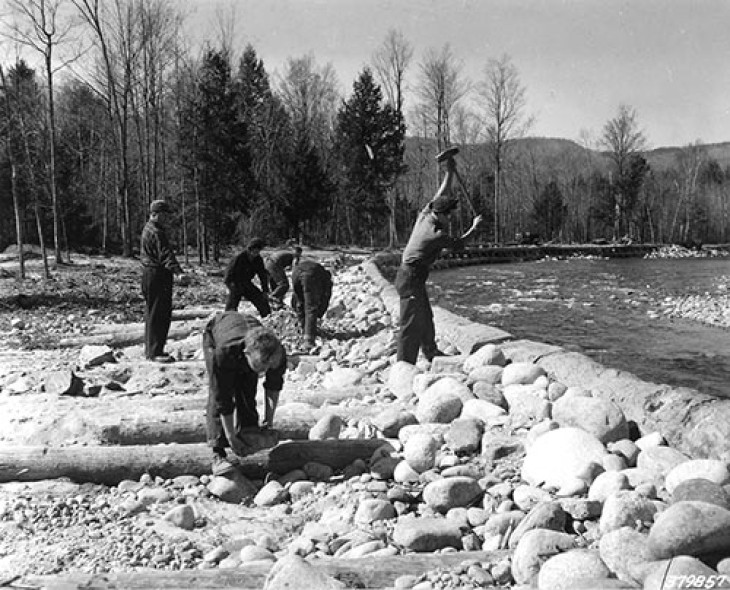
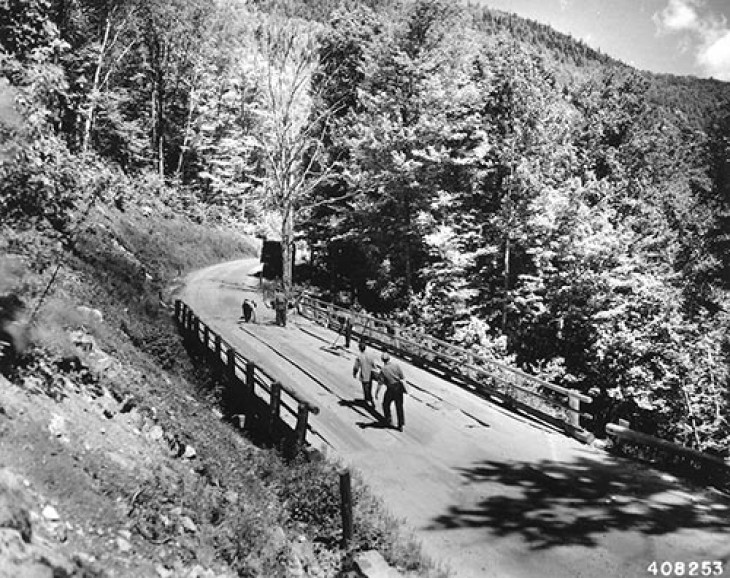

Discussion *